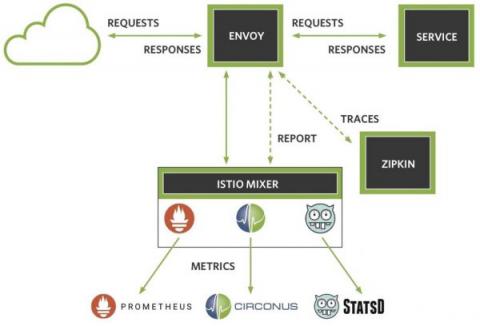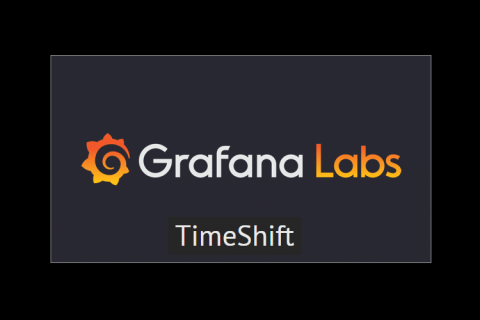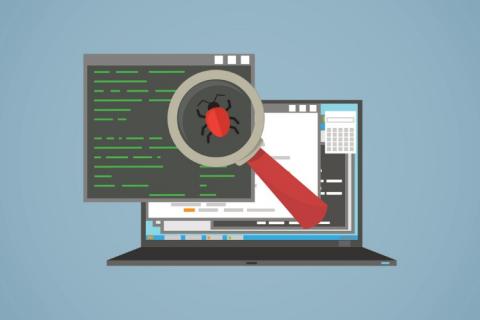Black Box Machine Learning Ate My Homework
If you’re part of a large enterprise, you’re probably in the throes of digital transformation. If you’re in IT, you’re supporting your business by rolling out new services and apps weekly (or even daily). Meanwhile, your users expect 24×7 availability and performance. So your IT operations team is having to sift through ever-increasing data pouring out of myriad specialized and fragmented monitoring tools, hybrid clouds, legacy systems and virtual infrastructure.











